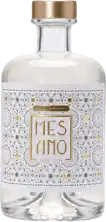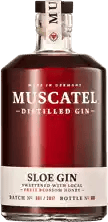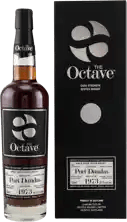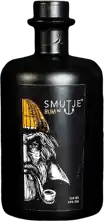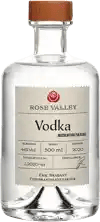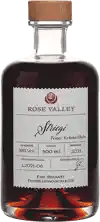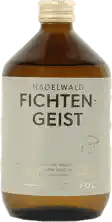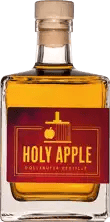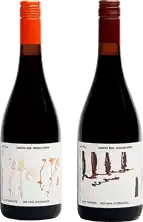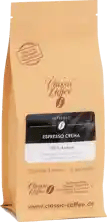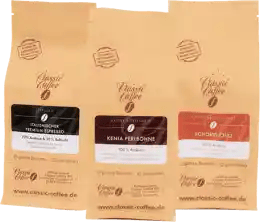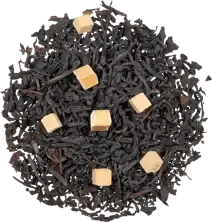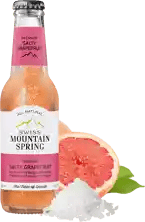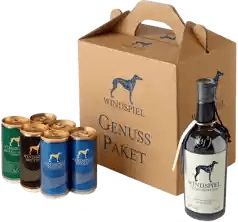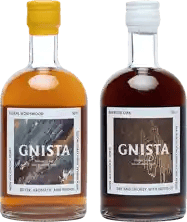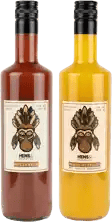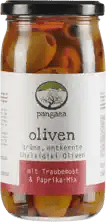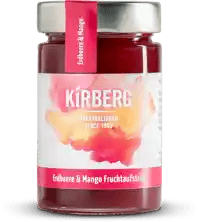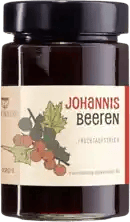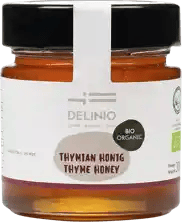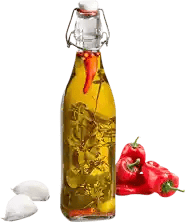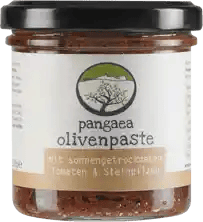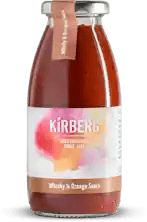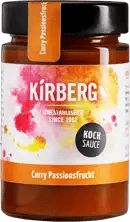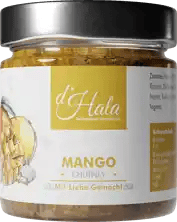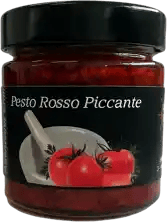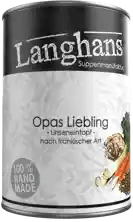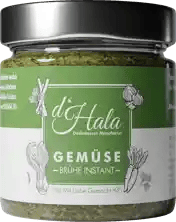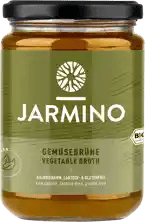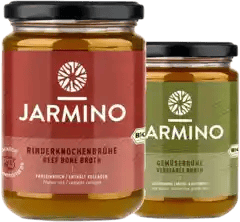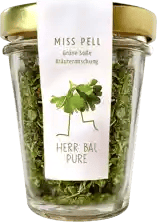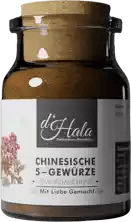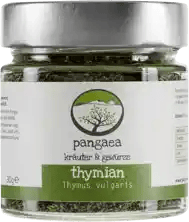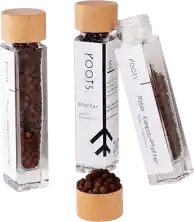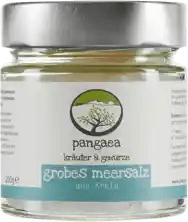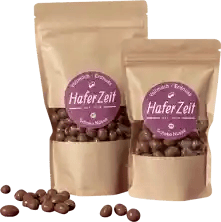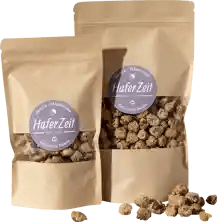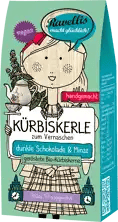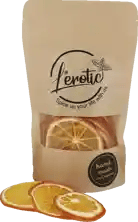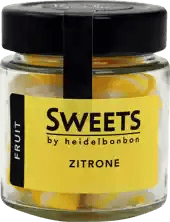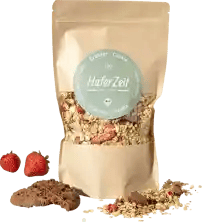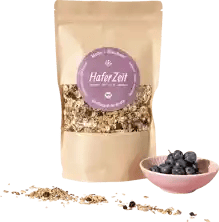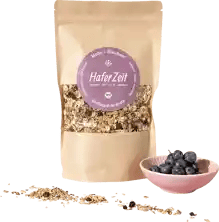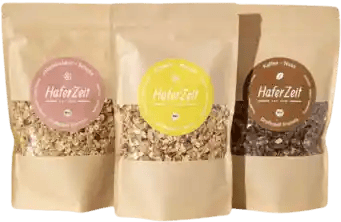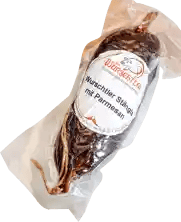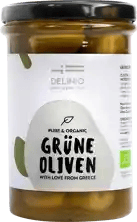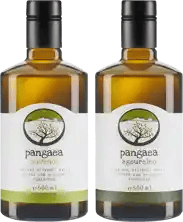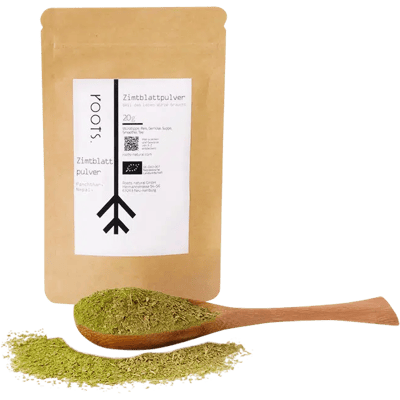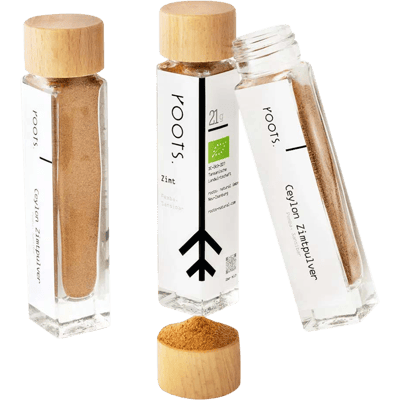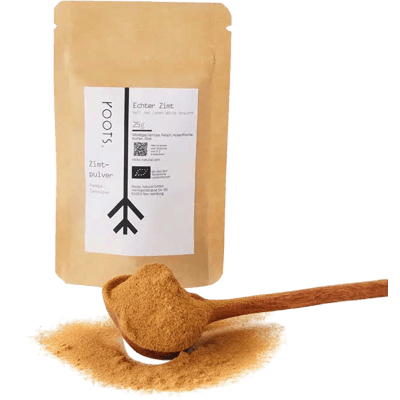Quality instead of quantity!
7,000 independent products
No mainstream
7,000 independent products
The world of cinnamon: Ceylon vs. cassia

The most important facts summarized for you:
- Cinnamon comes in two main varieties: Ceylon and cassia.
- Ceylon cinnamon and cassia cinnamon differ in taste, aroma and appearance
- The main difference between the two types of cinnamon lies mainly in the coumarin content
- Both types of cinnamon have health benefits, but Ceylon cinnamon is considered the safer choice for regular consumption.
Buy cinnamon online
What is cinnamon?
Cinnamon is a popular spice extracted from the dried bark of cinnamon trees. There are two main varieties: Ceylon cinnamon and cassia cinnamon. Both have their own unique properties and uses.
Origin and appearance
Ceylon cinnamon
Ceylon cinnamon, also known as 'true cinnamon', comes mainly from Sri Lanka. It is obtained from the inner bark of the Ceylon cinnamon tree and the cinnamon sticks are much finer and lighter in color than cassia cinnamon. The cinnamon trees grow in tropical climates and require plenty of rain and warmth. They are usually harvested twice a year, with the bark being carefully peeled off and dried.

In contrast to Cassia cinnamon, Ceylon cinnamon is finer and lighter in color
Cassia cinnamon
Cassia cinnamon, also known as "Chinese cinnamon", is mainly grown in China and Indonesia. Cassia cinnamon trees are more robust and can thrive in different climate zones. Harvesting is similar to Ceylon cinnamon, but the bark is thicker and therefore more difficult to process. Cassia cinnamon sticks are much coarser, darker and also thicker.
Taste and aroma
While Ceylon cinnamon has a fine, sweet aroma that is well suited to desserts and delicate dishes, cassia cinnamon is strong and spicy, making it ideal for savory dishes and baked goods. Ceylon cinnamon is mild and complex in flavor, with notes of citrus and flowers. The taste of cassia cinnamon, on the other hand, is intense and dominant, with a hint of spiciness.
Health aspects
The coumarin content
An important difference between the two types of cinnamon is the coumarin content. Coumarin is a natural flavoring agent that can cause liver damage in high doses. Ceylon cinnamon contains only very small amounts of coumarin, whereas cassia cinnamon contains significantly more.

Cinnamon is harvested from the bark of the cinnamon tree.
Advantages of Ceylon cinnamon
Ceylon cinnamon is rich in antioxidants and may have anti-inflammatory properties. It can help regulate blood sugar levels and strengthen the immune system. Studies have shown that Ceylon cinnamon can also promote heart health and reduce the risk of heart disease.
Benefits of cassia cinnamon
Cassia cinnamon has similar health benefits, but due to its higher coumarin content, it should be consumed in moderation. It can also lower blood sugar levels and has antimicrobial properties. Cassia cinnamon is often used in traditional Chinese medicine to treat various ailments.
Use in the kitchen
Both types of cinnamon can be used in a variety of dishes.
- Ceylon cinnamon is particularly suitable for sweet dishes such as cakes, cookies and puddings. Its mild aroma perfectly complements the sweetness of desserts.
- Cassia cinnamon is an excellent accompaniment to savory dishes such as curries and meat dishes. Its intense flavor gives these dishes a special spiciness.
Conclusion
When buying cinnamon, you should pay attention to its origin and quality. Ceylon cinnamon is the better choice for regular consumption, while cassia cinnamon should be enjoyed in moderation. Both varieties offer unique flavor profiles and health benefits. No matter which variety you choose, cinnamon can be a delicious and healthy addition to your dishes.
Matching products to the article
Recent articles
-
12 SepWhy refined sugar is bad for you
-
11 SepEverything you need to know about the best-before date (BBD)
-
09 SepPitaya: The secret of the exotic dragon fruit
-
09 SepExotic fruit wines: a look at wines made from exotic fruits
-
09 SepThe world of exotic spices - discover new flavors
-
09 SepThe art of barrel ageing: how different types of wood & barrel sizes influence the taste of spirits
-
09 SepThe world of cinnamon: Ceylon vs. cassia
-
05 SepFermented honey: the comeback of the ancient delicacy
-
05 SepThe perfect ice cube mold: how ice changes the taste of your drinks
Brilliant!

Bitte bestätige deine Anmeldung noch eben - du hast eine Bestätigungsmail von uns. Klicke darin auf den Link. Danach bekommst du deinen Rabattgutschein.




















